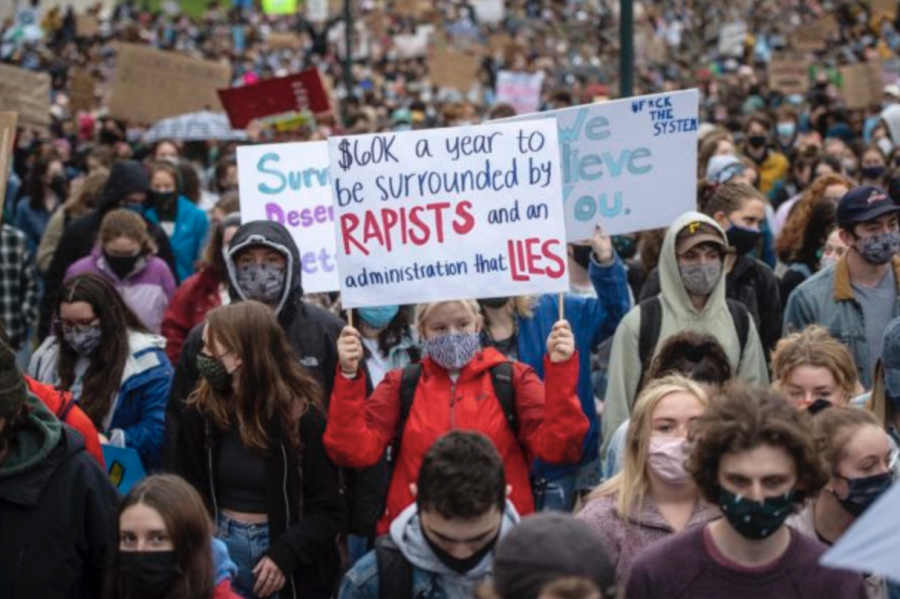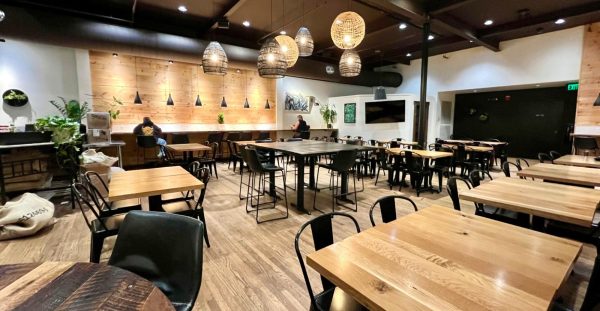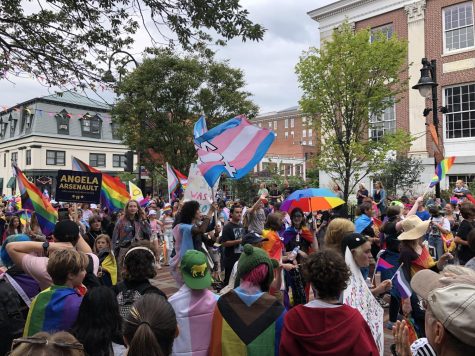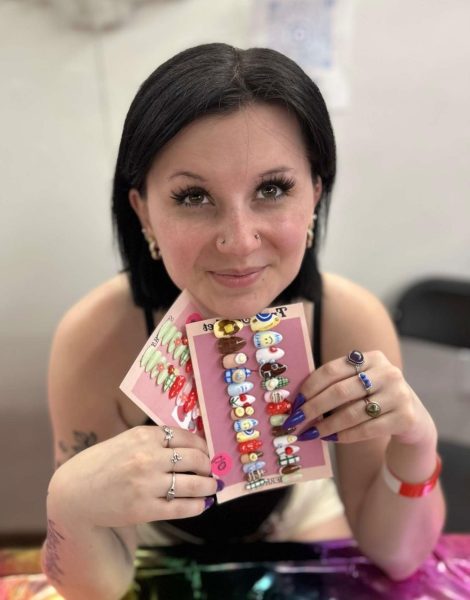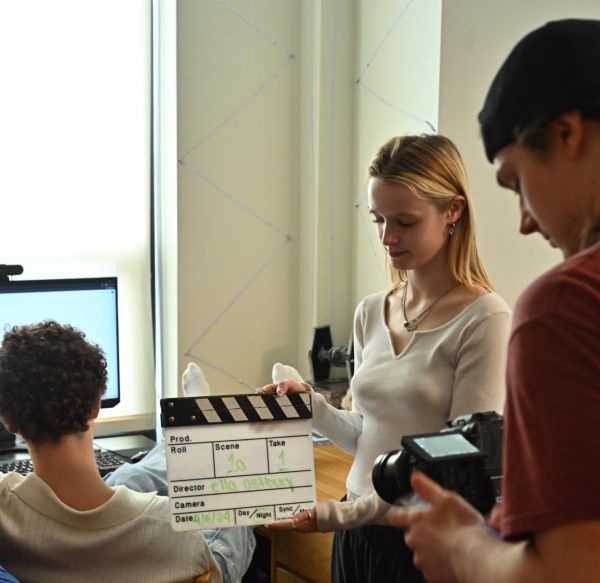UVM Promises it has Improved Response for Assault Survivors; Students Disagree
A timeline of UVM’s institutional failings to protect student survivors of sexual assault, the steps it has taken to improve, and why students believe they are still not safe.
Content Warning: discussion of sexual assault, mentions of suicidal ideation.
April 25, 2021: University of Vermont (UVM) student Athena Hendrick shares her story of sexual assault and UVM’s consequent mishandling of her report to her Instagram. This empowers a staggering number of other survivors at UVM and other Burlington colleges to come forward as well, and sparks a student-led movement to demand better resources and handling of reports from the university.
October, 2021: UVM survivors and their student support network on campus believe that few, if any, of their demands have been met. Students with multiple Title IX reports filed against them are still enrolled at UVM. UVM refuses to release the results of their investigation into their Title IX response.
When students last spring began coming forward, encouraged and empowered by the bravery of others to share their experiences, they realized they needed to unify and organize if they wanted a response from the college. Maya Greally (UVM ‘21) and one other student founded the Instagram page shareyourstoryuvm, and the group UVM Empowering Survivors.
The goal of the page was to give UVM survivors a platform to anonymously share their stories and to create a community where students could support one another, come together to take action, and try to get justice.
“We currently have over 400 submissions,” Greally says. Taking into account the stories UVM students and alumni have told on their personal accounts, she estimates that around 450 students have come forward since Athena made their first post in April. The number of submissions continues to grow; the page posts two to three new student submissions every day.
Students like Hendrick and Greally helped organize, advertise, and lead a protest through UVM’s campus on May 3. Thousands of students attended, and student survivors spoke to the crowd when they rallied at the Waterman building. The strength of the community grew, and a group of students went on to organize a meeting with UVM’s administration to communicate what they needed the school to fix.
However, revulsion with how UVM handled and was currently handling reports of sexual assault and misconduct was still common among students. Activist and survivor Sydney Ovitt (UVM ‘21) told the Burlington Free Press, “I’ve heard countless me-toos shouted into the dark because our university doesn’t give a damn about what their students have gone through or the safety of their students.”
Greally agrees, saying, “The crux of the issue really is that UVM has let a sexual assault crisis run rampant on their campus for years, and now that it is being brought to light by hundreds of courageous survivors, they are refusing to take accountability.”
UVM also began turning off the comment feature on their social media posts because students would comment about the lack of response to Title IX reports and demand a response that way. On Instagram, they still turn the comments on posts off within minutes if not from the second they post.
Despite students being vocal about their experiences now more than ever before, UVM has a history of mishandling Title IX reports that stretches back long before last spring.
In 2017, the U.S. Department of Education’s Civil Rights Office opened an investigation into UVM’s Title IX response after a complaint was filed by a student. The official letter to UVM’s then-president Thomas Sullivan states, “The Complainant alleged that the University discriminated against her on the basis of sex. Specifically, the Complainant alleged that the University failed to respond promptly and equitably to her complain of sexual violence by another University student.”
The results of that investigation were not made publicly available, however, the Department’s Civil Rights Office opened another investigation into inadequate Title IX report handling at UVM in early 2020, which, as of late this August, is still active.
In 2019, then-student Kendall Ware was assaulted by a member of the men’s basketball team. Since she was also an athlete, the UVM athletics department was involved in the following investigations, which turned out to be much more harmful than helpful.
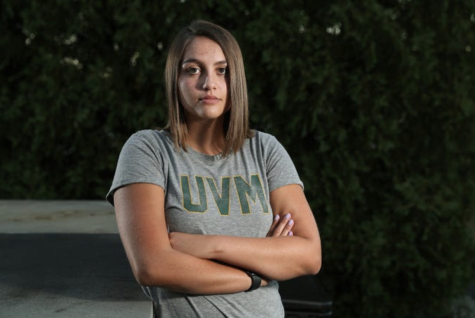
Firstly, Ware was offered a choice between pursuing a formal or an informal course of action by a UVM Title IX coordinator. The formal approach was the only one with possible repercussions for Ware’s rapist. She chose to pursue it. She told the Daily Messenger, “I wanted justice to be served.”
A few hours after she told UVM’s Affirmative Action and Equal Opportunity (AAEO) office, which their Title IX coordinators are a part of, that she wanted to pursue a formal investigation, she received a call from them. They asked her to step down and come to an informal agreement with her rapist.
Ware said, “They said it didn’t sound like I knew what I wanted and that it didn’t seem like a formal investigation was what I wanted.”
UVM then proceeded to mislead Ware, telling her that certain punitive action would still be taken against her rapist if she agreed to go with an informal approach. Later, once she had agreed to switch from the formal investigation, they informed her that some of the punitive action promised, such as banning her rapist from playing basketball for UVM, “wouldn’t be fair” to her rapist’s teammates, and to the community, and therefore would not happen.
Ware believes that the investigation was handled differently because her rapist was an athlete, and she and a group of seven other female students with similar stories are now pursuing legal action against the National Collegiate Athletics Association for failure to protect college athletes from sexual assault.
UVM’s administrative lack of respect for survivors, unfortunately, continued. UVM survivors have confessed through the shareyourstoryuvm page that, after reporting a sexual assault, their assaulters were served a no-contact order that wasn’t enforced well, and were often back on campus with seemingly no action taken against them a month later. Some are not suspended at all, despite multiple Title IX reports filed against them.
Hendrick wrote in a post about how poorly UVM handled punitive action against her rapist, “Austin Weiland breaks no contact order by walking up and making conversation while I am walking [my dog] right outside UHS, the dorm where I live.” She contacted the Title IX office the next day, but was told that Weiland wouldn’t face any real punitive action despite breaking no-contact.
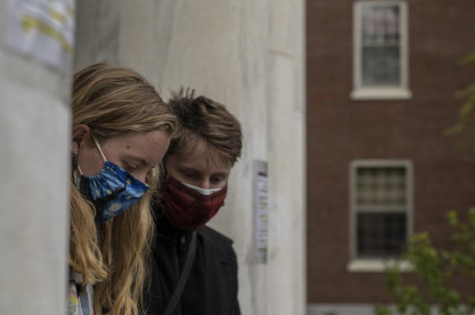
She recorded the extent of their response in the post: “Austin Weiland called by the [Title IX] office to be reminded encase[sic] he forgot about the order.”
She was advised to file an incident report, with no promised results, just so Student Conduct Services could “assess the severity of the situation.”
At the time, UVM only employed one victim advocate to serve the entire student body of over 10,000 students. As the VT Cynic wrote in an editorial on the school’s mishandling of reports, “One person is never enough to provide ample resources to survivors of sexual violence.”
UVM forced survivors to do all the leg work to ensure their own physical safety and mental health at every single step of the process, and, in many cases, stood between them and achieving that safety.
The mental toll on survivors after an assault is immense. One UVM survivor wrote anonymously, “It was the worst semester of my life, I ended up having to go on anxiety meds after [the assault] happened.”
Another wrote, “I’ve struggled with depression and extreme anxiety since [my assault].”
Another wrote, “[My assaulter’s] only punishment was being forced to leave the dorm. Allowed to move back home, commute to campus and graduate. He was allowed to continue as if nothing was wrong, while the women he affected moved, dropped out, or feared running into him in Burlington.”
Another wrote, “My depression was so sever[sic] I was hospitalized for a night as I was afraid I was going to die.”
Another wrote, “I was terrified and was unable to eat and had recurring panic attacks for weeks.”
Ware told the Daily Messenger, “I had completely broken down and I had thoughts of driving to the New York border and jumping off [the Lake Champlain Bridge].”
The fact that UVM continued to make these survivors do everything themselves and go through excessive paperwork and reporting when they were dealing with so much trauma day to day is undeniably unethical. Survivors were telling the Title IX office their concerns only to be met with more work they had to do in order to just get their right to safety on campus ‘assessed for severity.’
Statistically, after an assault, survivors experience heightened anxiety and major depression at a rate around 20% higher than people who were not assaulted. These students need support and safety, not the added stress of banal paperwork and filling additional reports that will not even definitively yield results.
When support from the school that was supposed to keep them safe fell through, though, fellow survivors and students at UVM banded together to support each other. Despite how painful the submissions to the UVM Empowering Survivors page are to read, so many of them begin or end with gratitude to other survivors, thanking them for coming forward and inspiring others to do the same, or letting them know they’re not alone.
The UVM Empowering Survivors team also regularly organizes and promotes events to educate and support the student body.
And to its credit, UVM has responded. After the protest last spring, administrators met with students and agreed to 17 demands to improve their Title IX response, including conducting an investigation of the workings of their Title IX office and of all its employees, hiring on at least three more victim advocacy workers, and instating an annual, mandatory training on sexual assault response for all staff of the campus police force.
However, the level to which they followed through on their promises is varied.
They didn’t hire more campus victim’s advocates onto the UVM staff team, but they did enter into a partnership with Chittenden County non-profit HopeWorks, who will be performing victim’s advocacy services for the student body.
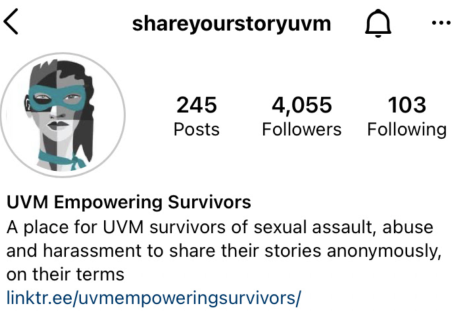
Catherine Ducasse, Associate Director of HopeWorks, says, “UVM reached out to HOPE WORKS after students voiced their concerns about the prevalence of sexual violence on campus and how sexual violence was being addressed.”
This partnership is a big part of UVM’s “Sexual Misconduct Prevention and Response Action Plan,” which they released an update to late August before students returned for the fall semester. The update, written by the Title IX coordinator and an administrator for the office of Student Affairs, states that partnering with HopeWorks was done “1) to allow for a variety of individuals from differing backgrounds and experiences to render advocacy service on campus and promote inclusivity; 2) to ensure the availability of 24-hour coverage; and 3) to strengthen confidentiality in rendering these services.”
Ducasse promises, “We are working in collaboration with UVM to support survivors of sexual violence and work towards ending sexual violence.”
UVM also hired an external party to conduct a review of the Title IX office and its workings. However, UVM spokesperson Joel Seligman told VTDigger, “The administration does not have plans to share the report of the review.”
Students, naturally, were extremely unsatisfied with the fact that results would not be public. The shareyourstoryuvm page commented on the announcement, “THERE WAS NO INVESTIGATION. THEY REFUSE TO EVEN SHARE THE RESULTS OF THEIR ‘REVIEW’.”
Seligman’s statements were contradicted by Title IX coordinator Nick Stanton’s action plan update, in which he wrote, “A recent news report indicating the university already received the review of AAEO and refused to share any information was inaccurate.”
However, both Stanton and the co-writer of the update, Erica Caloeiro, “did not respond to requests for comment from VTDigger,” on the very news report they attempt to discredit in their update. In addition, as of writing, they have not published the results of the investigation, nor shown any indication that they will be publishing the results soon.
UVM has also instituted extra training for staff, and formed the Sexual Misconduct Response Team, which will, as claimed in the update, “Provide case management support to AAEO in responding to all disclosures of sexual misconduct.”
Despite the update, and despite promises UVM is offering and partnerships they’re entering into, students do not feel supported, and students do not feel safe.
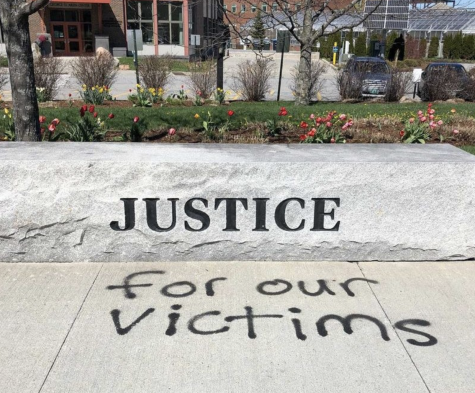
Greally believes the update feels more like a slap in the face than anything. She says, “This is not an issue that can be solved with some policy updates and a couple more external staff. There needs to be an actual assessment and evaluation of the Title IX Office, not the lackluster ‘review’ that was conducted and not even released to the student body.”
She adds, “There needs to be a fundamental change in how UVM as an institution addresses and handles sexual assault, not a few remedial Band-Aids.”
The Crossover made multiple attempts to reach UVM’s Title IX coordinator Nick Stanton for comment. Stanton stopped responding after saying he would run the request through UVM’s News and Public Affairs Director.
“There are literally an innumerable number of things that UVM could, can, and should be doing to support and protect its students that they are not,” Greally says. “We are more than dollar signs, and UVM administration has yet to prove that they too believe that.”
This is not just a problem at UVM. Article on Champlain’s mishandling of Title IX reports to come.

